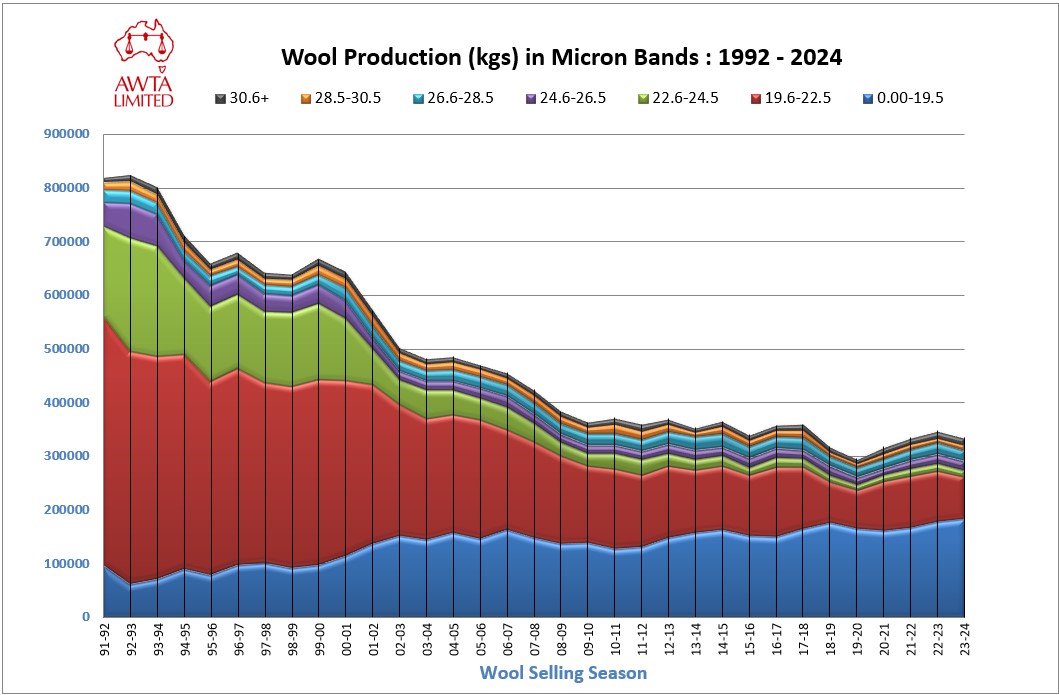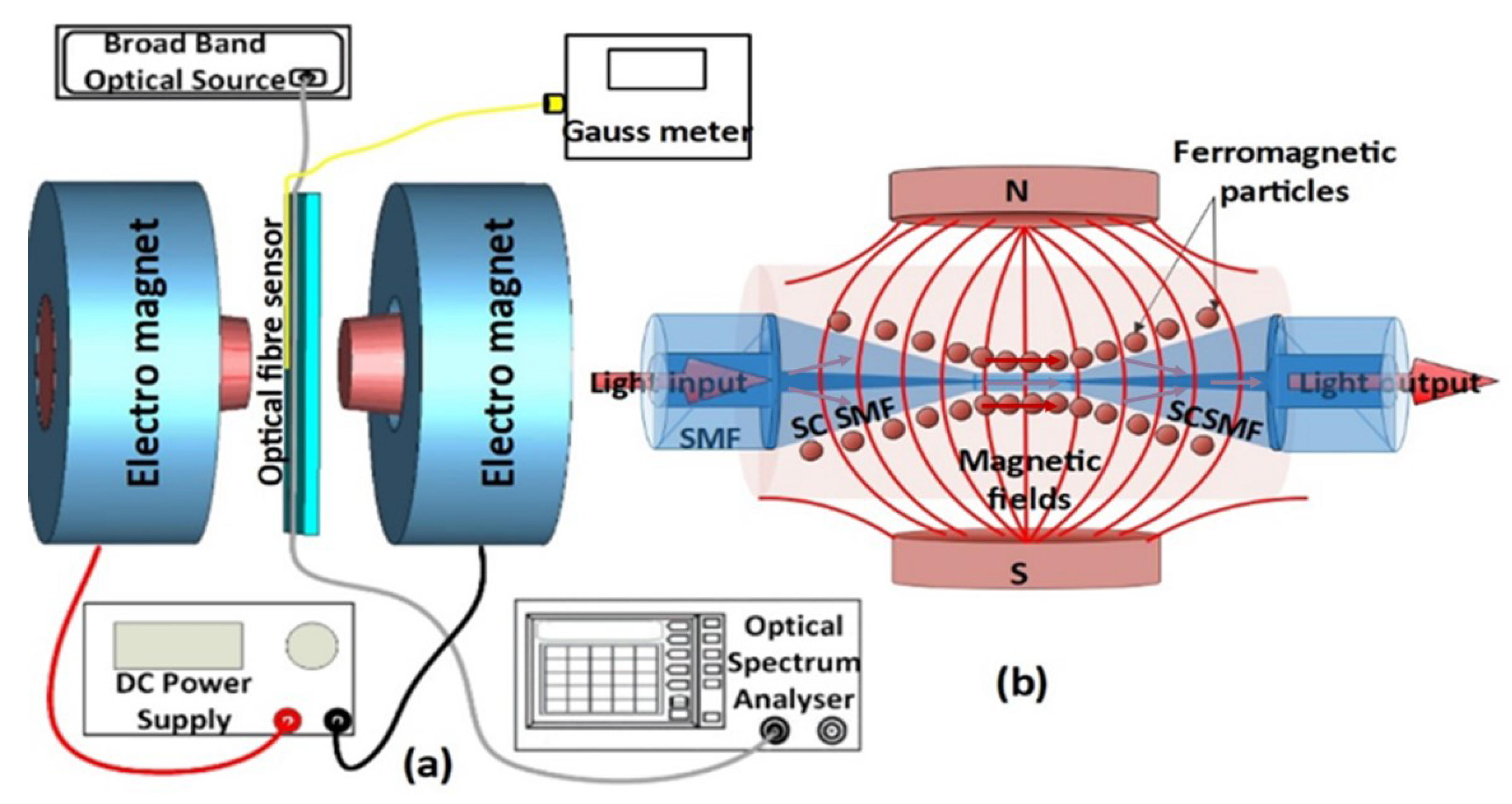Improve Fiber Quality with an Precise Optical Fibre Diameter Analyser
Improve Fiber Quality with an Precise Optical Fibre Diameter Analyser
Blog Article
Optimize Your Fibre Optic Efficiency: Recognizing Optical Fibre Size Analyser Modern Technology
The performance of fibre optic systems is seriously affected by the accuracy of their size, an aspect often ignored in the search of optimum signal integrity. Recognizing the technology behind optical fibre diameter analysers discloses the complex balance in between dimension precision and production quality.
Relevance of Optical Fiber Size
The size of optical fibre plays a crucial duty in determining the efficiency and effectiveness of communication systems. Alternatively, smaller sized diameters have a tendency to support less settings, which can improve signal quality and minimize crosstalk.

Moreover, understanding the diameter's effects can lead to set you back financial savings by decreasing the need for signal amplification and repeaters in substantial networks (optical fibre diameter analyser). In final thought, the importance of optical fiber size can not be overemphasized, as it straight affects the general effectiveness and reliability of contemporary interaction systems

How Diameter Influences Signal Quality
Signal quality in optical fiber systems pivots significantly on the size of the fibre. A smaller sized size can lead to higher depletion prices, resulting in signal loss as light trips through the fiber.
Alternatively, larger sizes generally enable boosted light capture and lowered modal diffusion, improving signal quality. In multimode fibers, a larger core size can support multiple light settings, however it may likewise introduce intermodal dispersion, which can weaken signal quality. As a result, picking the ideal fibre diameter is vital for attaining the wanted performance in details applications.
In addition, the interaction between the fiber diameter and the wavelength of the light utilized plays an essential function in establishing the effective transmission distance and total signal stability. Because of this, comprehending how fibre size affects signal high quality is vital for network developers and designers aiming to optimize optical fiber systems for trusted, high-speed data transmission.
Review of Size Analyser Technology
In lots of optical fiber production procedures, accurate measurement of fibre size is important for making certain consistent performance and high quality (optical fibre diameter analyser). Size analysers are innovative tools developed to examine the physical measurements of optical fibers with high precision. They use advanced optical and laser modern technologies to measure the diameter, ovality, and concentricity of the fiber, thus offering essential data for high quality control
These analysers can run in-line throughout the production process or as part of off-line testing procedures. In-line systems enable real-time surveillance, allowing suppliers to adjust specifications quickly, thus maintaining optimal manufacturing conditions. Off-line analysers, on the other hand, supply extensive examinations of sets, making certain that any kind of deviations from specified resistances are identified and dealt with.
Size analysers significantly contribute to the reduction of problems in optical fibers, enhancing overall item integrity. By constantly determining essential parameters, these innovations facilitate conformity with industry criteria and specs. As the need for high-performance optical fibers proceeds to rise, the role of size analysers becomes progressively vital in accomplishing the desired high quality and efficiency criteria in see this page fiber optic systems.
Trick Functions of Fibre Diameter Analysers
Although different models of fiber size analysers exist, they generally share a number of vital features that enhance their capability and dependability. Among the most considerable features is high-resolution measurement abilities, which make certain precise diameter analyses, essential for preserving quality control in fibre manufacturing. Furthermore, lots of analysers incorporate sophisticated optical sensors designed to detect minute variations in fiber diameter, thus offering vital information for procedure optimization.
Another essential feature is real-time tracking, permitting operators to get prompt feedback on fibre size throughout the production process (optical fibre diameter analyser). This ability facilitates fast modifications and lowers the possibility of issues. Lots of analysers likewise come equipped with straightforward interfaces, allowing operators to easily browse with setups and data outputs
Furthermore, durable data storage and evaluation performances are crucial for tracking historic efficiency trends and making certain compliance with sector standards. These features jointly contribute to the effectiveness of fibre size analysers in maximizing fibre optic performance.
Finest Practices for Fiber Optimization

First, routine calibration of optical fiber size analysers is essential. This ensures exact dimensions and decreases prospective discrepancies that can affect performance. Next, preserving a clean working environment is vital; dirt and contaminants can lead to signify degradation.
Furthermore, it is essential to choose fibres that fulfill specific application demands. This includes evaluating variables such as depletion, data transfer, and ecological problems. Correct installation techniques must likewise be adhered to, consisting of staying clear of sharp bends and extreme stress, which can compromise fibre stability.
In addition, utilizing advanced tracking systems can help with real-time performance analyses, making it possible for punctual recognition of issues. Normal screening and maintenance ought to be carried out to make sure that fibers remain within optimal operational sites specifications.
Finally, training personnel on the most recent fibre optimization modern technologies and approaches will certainly boost their ability to implement efficient methods. By adhering to these finest practices, companies can dramatically improve the efficiency and life expectancy of their optical fibre systems, guaranteeing effective communication and information transfer.
Final Thought
In final thought, the combination of optical fiber diameter analyser modern technology is crucial for making the most of fibre optic performance. By guaranteeing precise measurements of fibre dimensions, these analysers considerably improve signal quality and lower losses during data transmission. Routine calibration and upkeep of the analysers are critical to copyright optimum efficiency and compliance with sector requirements. Eventually, the application of this modern technology helps with boosted data transmission prices and enhances signal integrity, adding to the total performance of fibre optic systems.
Signal quality in optical fibre systems hinges significantly on the size of the fiber.In lots of optical fibre manufacturing processes, exact dimension of fibre diameter is important for making sure regular performance and high quality. As the need for high-performance optical fibres continues to increase, the function of size analysers becomes progressively essential in achieving the desired quality and efficiency standards in fiber view optic systems.
These features collectively contribute to the efficiency of fibre diameter analysers in optimizing fibre optic efficiency.
In conclusion, the assimilation of optical fibre size analyser technology is important for maximizing fiber optic efficiency.
Report this page